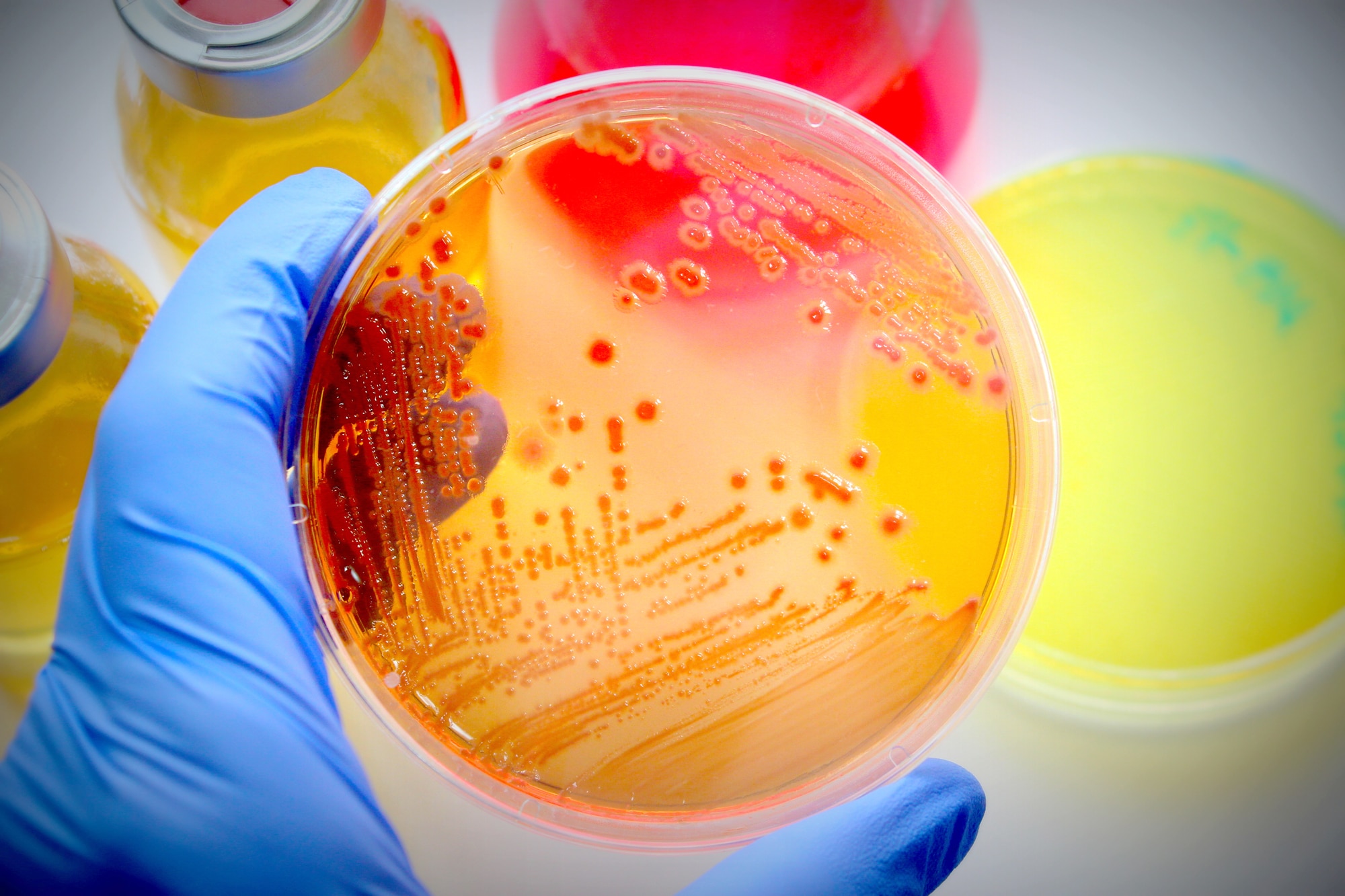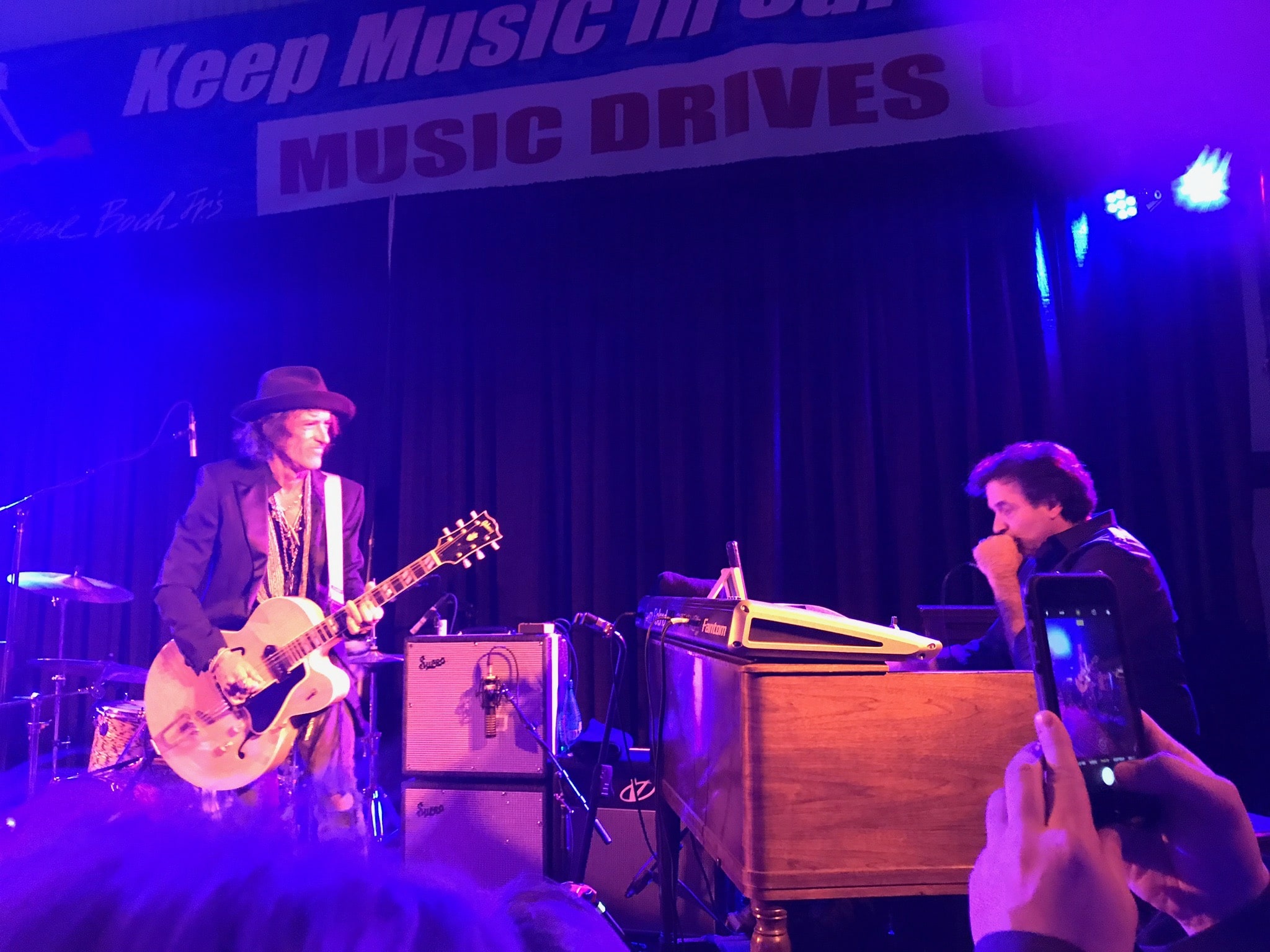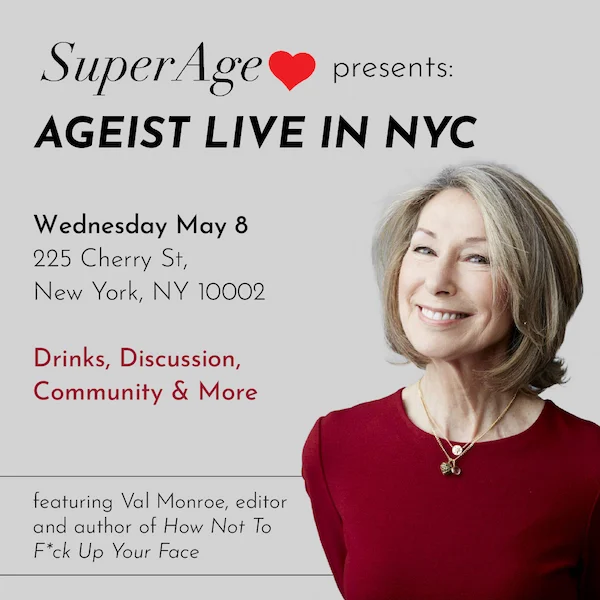Rudy is one of the world’s best players of the Hammond B3 organ and is a regular collaborator with the likes of Joe Perry, Aerosmith and Johnny Depp. Brains, Alzheimer’s, genetics and neurological research are his day gig, as he is one of the world’s foremost experts on brain health and Alzheimer’s. It is an unusual skill set, to say the least. He is the Vice-Chair of Neurology at Mass General Hospital, the Kennedy Professor of Neurology at Harvard, the Chair of the Cure Alzheimer’s Fund Research Leadership Group, the Director of the Genetics and Aging Research Unit, and the Co-Director of the Henry and Allison McCance Center for Brain Health.
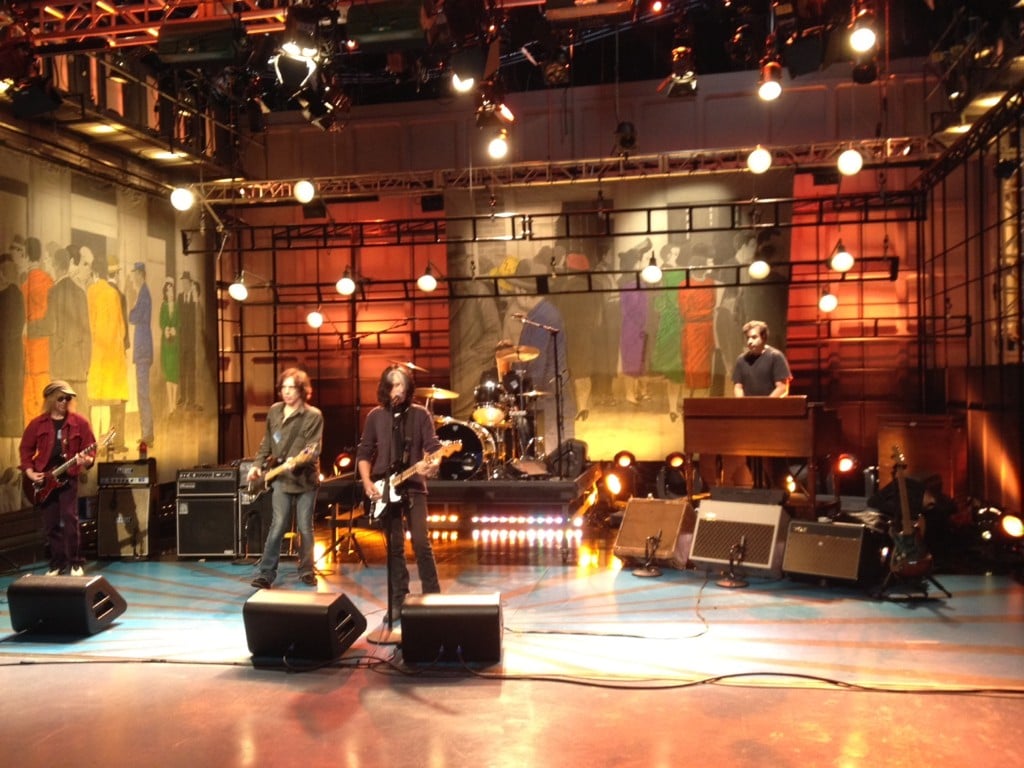
When Rudy was a graduate student at Harvard Medical School, he discovered the first gene that caused early-onset Alzheimer’s. Recently, Rudy’s team was the first to use human stem cells to create three-dimensional neural cell cultures dubbed “Alzheimer’s-in-a-Dish.” This model was the first to recapitulate all three key Alzheimer’s pathological hallmarks in vitro which could be used for drug and therapy screenings.
“We need new ways to physically test brain health”
Is there a test for brain health? How can I know what sort of shape my brain is in?
We have done a very good job for heart health — we have a range of tests and we can get a good idea of how healthy your heart is. But for the brain, it is different. For the rest of the body, we are very good at early detection and early intervention; we don’t wait for organs to degenerate before we treat them, unlike the brain. You don’t diagnose Alzheimer’s or Parkinson’s until things have gotten to the point that they are symptomatic: you can’t remember as you used to, you can’t move correctly. Imagine if we did that for heart disease — waited until you had congestive heart failure before we did anything?
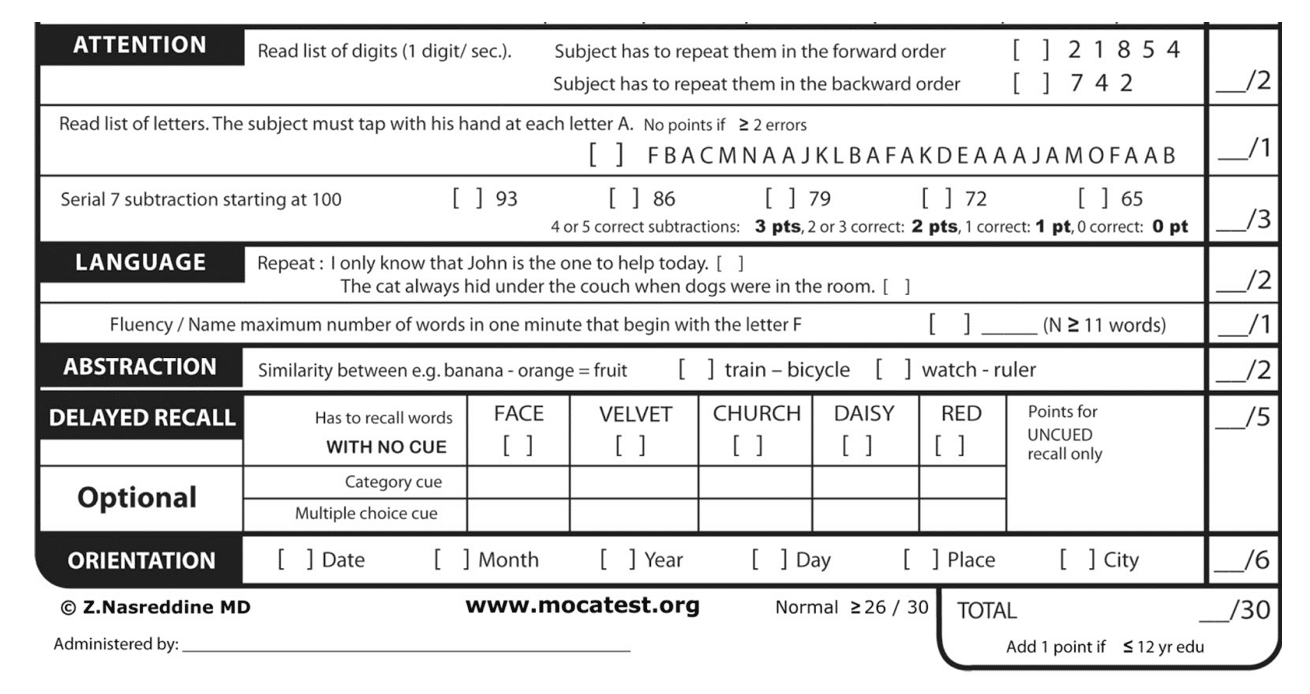
Finding brain-health tests as we have for the heart — for instance, we have cholesterol levels for heart health — is a huge challenge, and this is what about half of my work is around.All we have right now as far as a test is a neuro-pysch cognitive test, something like the MoCA test. But this is a test that we subjectively observe someone from the outside after there is already some disease indication.
This is clearly not optimal. We need new ways to physically test brain health: biomarkers in the blood, digital tests, and brain imaging, all looking for the fingerprints of brain health. Part of my work is with the New England Patriots, as a brain-health advisor. When you get a concussion, we look at your ability to track your doctor’s finger as he moves it. Post-concussion it is difficult for people to track an object going up and down or moving across. The pathology that causes that to happen post-concussion happens gradually as we age.
The tracking may not be declining at a rate that a neurologist can see it, but tiny aberrations that may occur in nanoseconds can be tracked by a device. I co-founded a company called React Neuro that uses VR cognitive testing with eye-tracking and voice analysis in a high-resolution tracking device to assess brain health. We are already seeing differences with age by working in nursing homes and assessing that population.
Right Now, Brain Imaging Tests Are Expensive and Key Treatments Are Not Available
If I went into my doctor right now, how much testing on my brain could they do?
Some of it is possible, but it is expensive and it is piecemeal. You can have your brain checked for amyloid plaque by a PET scan, which will cost you about $5000. You may find you do have amyloid in the brain, but the drugs that would stop that amyloid are not approved yet. So now what do you do? You will soon be able to check for tangles in the brain, another part of Alzheimer’s, but drugs to address that are also not yet available. We hope to have a new drug we created, called a “gamma-secretase modulator”, in clinical trials next year It will hopefully stop the formation of plaques and tangles.
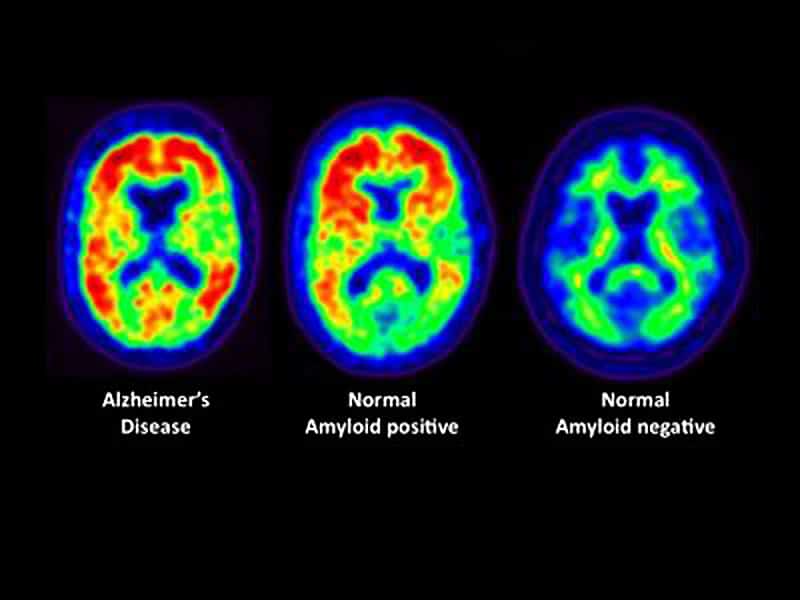
There is another company I helped start called Amylyx, which just performed a successful clinical trial in ALS. It will be published later this summer. The drug protects nerve cells from neuroinflammation. Neuroinflammation is the end result of a number of brain diseases, which kills a tremendous amount of brain cells, and cause a person to become symptomatic.
Brain Health and Genetics
How much of brain health is determined by genetics?
Genetics plays a role at every level of brain health at different degrees. The first Alzheimer’s genes I found in the ’80s and ’90s were familial early-onset Alzheimer’s, meaning people under 60, with a 100% certainty. But this is only 1 or 2% of Alzheimer’s. The genes that cause the disease with certainty are rare. 95-97% of genetic mutations predispose to the disease, or in some cases protect you from the disease.
It is really the interplay of different gene mutations with environment and lifestyle that determines your risk. The good news is that in over 95% of cases how you live your life will offset genetics. As head of the Cure Alzheimer’s Fund Alzheimer’s Genome Project, my lab has found many new Alzheimer’s genes, including the first to cause neuroinflammation in the disease.
“The good news is that in over 95% of cases how you live your life will offset genetics.”
That is what I wrote about in the 3 books I did with Deepak Chopra: Super Brain, Super Genes and The Healing Self. The point we always made is: You are your best doctor. You should take care of yourself like you take care of your car — do the maintenance, check the oil, take care of the car. Every day you have to decide with the choices you make, are you healing your body or hurting your body? We came up with a 7-day action plan for what you can do to live your life in a way that heals rather than harms.
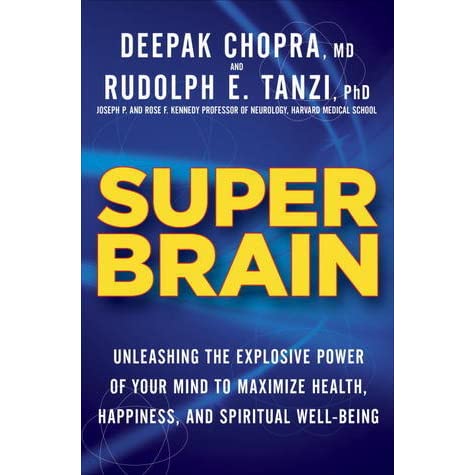
Across the entire body, it seems what causes the most damage is the response of the immune system to what is causing the disease, and that response is often inflammation. With COVID, the virus can trigger a massive inflammatory response in the lungs which will put you in a severe condition. With Alzheimer’s, it is the brain’s response to the plaques and tangles that cause the neuro-inflammation which then causes enough damage to lead to symptoms. I came up with an acronym SHEILD for brain health:
- Sleep
- Handling stress
- Interaction with other
- Exercise
- Learning new things
- Diet
Gut Microbiome and Brain Health Connection
With diet, we are learning about the importance of the gut microbiome and how it influences inflammation in the brain and the body. The more you have a fiber-rich, plant-rich diet, similar to a Mediterranean diet, the happier you will keep those gut bacteria and they, in turn, will help keep the brain healthy.
Probiotics help, but more so it is the pre-biotics that are important. These are the seeds, the veggies, fruits, and nuts that the bacteria in your gut need to eat in order to stay healthy. MarvelBiome is a new company I helped start that is screening probiotic bacteria to see which ones we can put back into the gut to keep the brain free of inflammation. This is not a typical probiotic company but is using individual strains of bacteria that we can add to the gut the way we would add a drug to the system so that the gut will keep your brain healthy. Again, the goal is to stop inflammation.
Alzheimer’s-in-a-Dish
Most supplements are snake oil, but some actually work very well. In my lab, we invented something called Alzheimer’s-in-a-Dish, where we have a mini-brain that we can recapitulate Alzheimer’s pathology and the pathology of aging in just one month. This makes drug screening 10 times faster and cheaper. We screened every natural product we could find, every approved drug. One of the approved drugs that came up was an asthma drug called Cromolyn. But it doesn’t get into the brain.
AZTherapies, for which I serve as head of the scientific advisory board, reformulated the drug so that it can get into the brain and help to stop neuroinflammation. That is currently in a phase-3 Alzheimer trial. For full disclosure, any of these companies I am speaking about I have a financial stake in them, either as equity or I am a director or on the scientific advisory board.
Cat’s Claw
When I did this screening, I also found some natural products that are able to fight inflammation in the brain. One of these is a Peruvian vine called Cat’s Claw. For years the Peruvians have been taking this as a powder to help the brain. We found in the lab, strictly in the lab, that it was very effective against plaques, tangles, and inflammation.
My colleague, Alan Snow, made an extract out of a specific strain of cat’s claw and are making it available as a supplement called Percepta. We have not done a clinical trial with it yet, so we can’t make any claims about Alzheimer’s merits, but we can say that it hits age-related brain-related pathology in the lab. I take it every day as I believe the findings we are seeing in the lab.
Nicotinamide Riboside, NR
The other drug that came up that seemed very promising was nicotinamide riboside, NR (David takes Basis, which contains NR). The way inflation kills nerve cells is that it strips them of energy. What the NR does is increase the levels of ATP which is the fuel for the cell. I take it every day (as Tru-Niagen) and I recommend it to family and friends, and to our local football teams to help their brains, with the caveat that we don’t know for sure until we do a clinal trial.
One of the natural products we found effective was Quercetin, which I also take every day.
Meditation
You helped with a trial at the Chopra Center that showed meditation had incredible effects on gene expression throughout the body, increasing telomerase by 40% in one week. How much do you mediate?
I try to meditate 3 times a day for 20 minutes. We will attempt to replicate the meditation trial at the McCance Center for Brain Health, which I co-direct at MGH
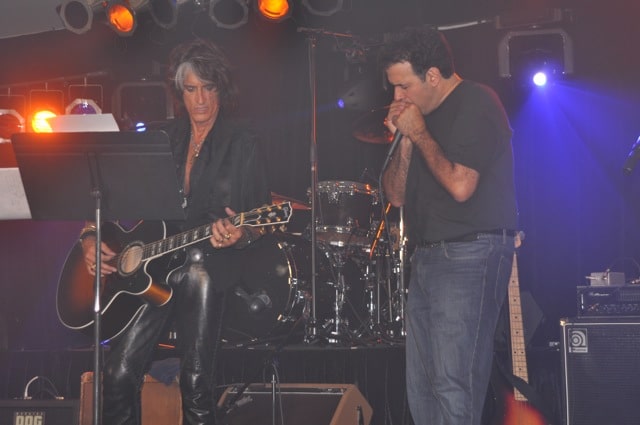
Intermittent Fasting
What are your thoughts on intermittent fasting?
Introducing anaerobic metabolism is helpful, which is what fasting does. Nothing has been shown to increase life span in various different species better than caloric restriction. It doesn’t matter if it is mice, fruit flies, or earthworms, caloric restriction is number one. There are people who use keto diets, which is something I don’t do, but I think that naturally inducing anaerobic metabolism, which is part of a keto diet, is a good thing.
I will fast mainly from dinner to dinner, except for a handful of nuts, or a bit of hummus. I don’t recommend this for everybody, but it is what I need to do to stay the weight I want to be. For most people, doing something like this version of intermittent fasting a couple of times a week it is fine.
“I have always been a musician and have been in bands my whole life”
Let’s talk about music. How did you come to play with Aerosmith?
I have always been a musician and have been in bands my whole life, all through college and even in med school. I took music classes at The Eastman School of Music in Rochester. I’m trained as a jazz piano player, but I also enjoy playing rock. My father was a jazz fan. I started off at age 9 playing accordion, the good Italian boy I was. Dad gave me a Jimmy Smith album, which was on a Hammond B3 jazz organ. It struck me as a lot like the organ in Jethro Tull, J Giels, and Santana. I loved it.
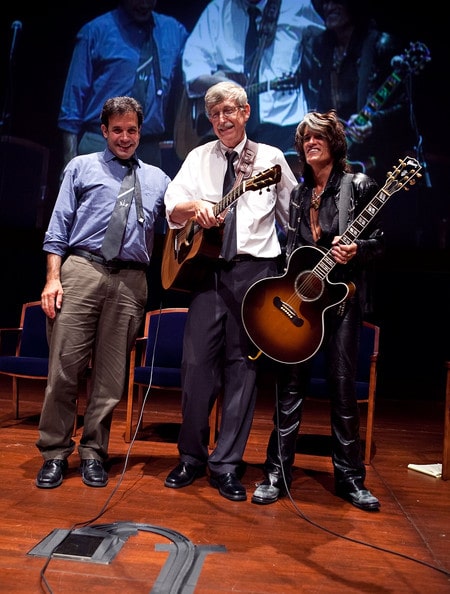
He started me off on a little Acetone portable organ and by the time I was 15 I had a Hammond B3 and a Leslie speaker. I just ate that thing up. With the Hammond, your right hand is playing and your left hand is on the drawbars. The drawbars are used to change the tone while you are playing with your right hand. That is the beauty of the instrument. Jack Douglas (producer) made my year recently when he recently told me I was his favorite B3 player. From a guy who has produced John Lennon and the Who, that was really something.
Performing With Aerosmith
Mostly I am known for my Hammond B3 organ playing. Around 2009, GQ magazine had a special issue promoting science, called Rock Stars of Science, where we scientists posed with real rock stars. It happened that I was in a photo with Joe Perry from Aerosmith. We then put together a little band and performed at Congress.
It was me, Frances Collins, the Director of the NIH, and Joe Perry doing an all-acoustic set. When we were done, Joe invited me to come jam with him, which led to me a couple of months later playing with Joe and other musicians at his studio, the Boneyard. One of the songs we did was a Dylan song called Man of Peace, which I sort of rocked out the organ on in a Deep Purple sort of way. Joe liked it and then invited me to join them on the Jay Leno show a couple of weeks later where they would be doing it on the show.
“When Joe does a studio project I often do the keyboards”
Then during the rehearsal for the Leno show, Joe and the band invited me to be on the new album that they were working on, which came out in 2012. Ever since then I have frequently been Joe’s studio keyboard player. I can’t gig too often because of my other work, but whenever Joe does a studio project I usually do the keyboards.
I worked on the album he put out with Johnny Depp, David Johansen and Robin Zander in 2018 doing all the keyboards. Mainly what I play with Joe is piano and Hammond B3. I have a music site of my own, where I post all my original music — solo piano, jazz, and a bit of ambient music. I get around 5-10,000 listens per day, which puts me at #1 for a lot of the categories they rank on the site.

I enjoy putting out the music for people to listen to, but it is very different from Aerosmith. My main piano influences are Keith Jarrett and Bill Evans. As far as making an album, I would rather stay away from commercial sales. The site is all free, and it has perhaps 30 hours of music on it. If someone wants to own a piece of music and they write to me to request it, I’ll just send it to them. I like to keep this one thing in my life completely free of commercialism.
Even on the last album I did with Joe, I didn’t take a penny. Joe, Johnny and I are thinking about doing another album, which would be great fun. Johnny has an amazing studio in LA, and once we get past COVID we’ll hopefully start it. Everyone is really excited about working together again.
Rudy and Joe Perry doing Walk This Way
Main portrait of Rudy courtesy of Massachusetts General Hospital.
The ideas expressed here are solely the opinions of the author and are not researched or verified by AGEIST LLC, or anyone associated with AGEIST LLC. This material should not be construed as medical advice or recommendation, it is for informational use only. We encourage all readers to discuss with your qualified practitioners the relevance of the application of any of these ideas to your life. The recommendations contained herein are not intended to diagnose, treat, cure or prevent any disease. You should always consult your physician or other qualified health provider before starting any new treatment or stopping any treatment that has been prescribed for you by your physician or other qualified health provider. Please call your doctor or 911 immediately if you think you may have a medical or psychiatric emergency.

